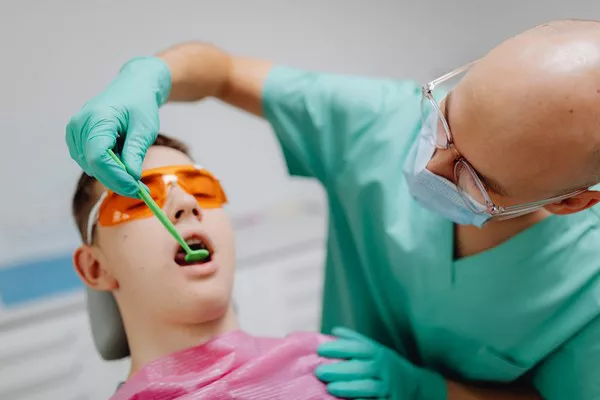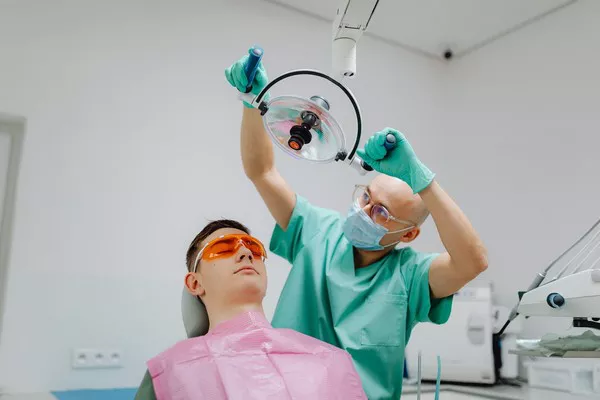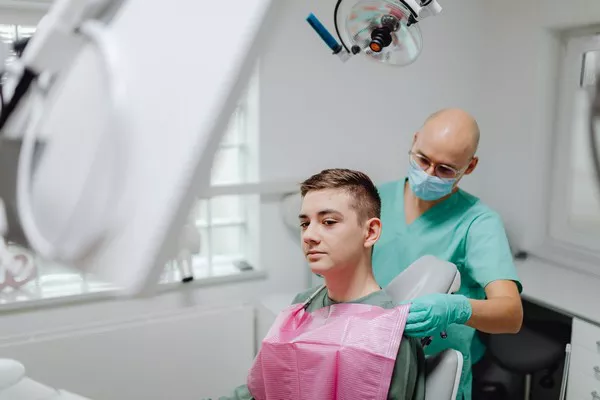Gingivitis, an early stage of gum disease, is reversible with prompt intervention. However, if left untreated, it can progress to more severe periodontal diseases that may have irreversible effects on oral health. Recognizing the signs and understanding when it is too late to reverse gingivitis are crucial for individuals seeking to preserve their gums and overall oral well-being. In this article, we explore the critical factors that determine the point of no return in gingivitis, emphasizing the importance of timely action and professional dental care.
The Progression of Gingivitis
Gingivitis begins as inflammation of the gums due to the accumulation of plaque, a sticky bacterial film that forms on teeth. Without proper oral hygiene practices, plaque can harden into tartar, leading to further bacterial growth and deeper gum inflammation. Over time, the gums may begin to recede, creating pockets between the teeth and gums. If left untreated, the progression of gingivitis can result in irreversible damage to the supporting structures of the teeth, including bone loss and tooth mobility.
Recognizing the Signs of Advanced Gingivitis
While gingivitis is characterized by red, swollen, and bleeding gums, advanced stages of the disease present additional signs that indicate irreversible damage:
Gum Recession:
As the gum tissue pulls away from the teeth, exposing the tooth roots, it becomes challenging to reverse the condition without professional intervention.
Deep Periodontal Pockets:
The formation of deep pockets between the teeth and gums indicates extensive damage, making it difficult to eliminate bacteria and restore gum health through conventional oral hygiene practices alone.
Bone Loss:
X-rays may reveal significant bone loss around the teeth, suggesting advanced periodontal disease. Once bone loss occurs, it is typically irreversible.
The Importance of Timely Intervention
Early detection and timely intervention are crucial in managing gingivitis and preventing irreversible damage. Here’s why:
Reversibility of Gingivitis:
In its early stages, gingivitis is entirely reversible through diligent oral hygiene practices, such as brushing, flossing, and using mouth rinses. Professional dental cleanings can also remove plaque and tartar that cannot be eliminated with routine brushing alone.
Preventing Progression to Periodontal Disease:
Treating gingivitis promptly prevents its progression to periodontal disease, which can cause severe damage to the gums, bones, and tooth-supporting structures. Once advanced periodontal disease sets in, management becomes more challenging, and full restoration of oral health may not be achievable.
Halting Further Complications:
Gingivitis left untreated can lead to complications beyond the mouth. Research suggests a link between gum disease and systemic conditions like cardiovascular disease, diabetes, and respiratory infections. Timely intervention reduces the risk of developing these associated health issues.
Preserving Tooth Structure:
Untreated gingivitis can result in tooth loss due to weakened gum and bone support. By addressing gingivitis early on, individuals can preserve their natural teeth and avoid costly dental procedures like extractions, implants, or dentures.
Steps for Reversing Gingivitis
While advanced stages of gingivitis may require professional intervention, reversing the disease in its early stages is possible with the following steps:
Improved Oral Hygiene Practices:
Brush your teeth twice daily using a soft-bristled toothbrush and fluoride toothpaste. Pay special attention to the gumline, gently massaging the gums as you brush.
Flossing and Interdental Cleaning:
Clean between your teeth daily using dental floss or interdental brushes to remove plaque from areas that a toothbrush cannot reach effectively.
Mouth Rinse:
Use an antiseptic mouthwash to reduce bacteria in the mouth and promote gum health. Consult with your dentist for suitable options.
Professional Dental Cleaning:
Schedule regular dental visits every six months or as recommended by your dentist. Professional cleanings include scaling and root planing, which remove plaque and tartar from above and below the gumline.
Lifestyle Modifications:
Adopt a healthy lifestyle that includes a balanced diet rich in fruits and vegetables, limit sugary snacks and beverages, quit smoking and tobacco use, and manage stress effectively.
Medications and Adjunctive Treatments:
In some cases, dentists may prescribe antimicrobial mouth rinses or antibiotics to control bacterial infection. Additionally, adjunctive treatments like localized antimicrobial therapy or laser therapy may be recommended for more advanced cases.
Conclusion
Reversing gingivitis is highly dependent on timely intervention and proactive oral care practices. Recognizing the signs of advanced gingivitis and understanding when it might be too late.
Related Topics:




























